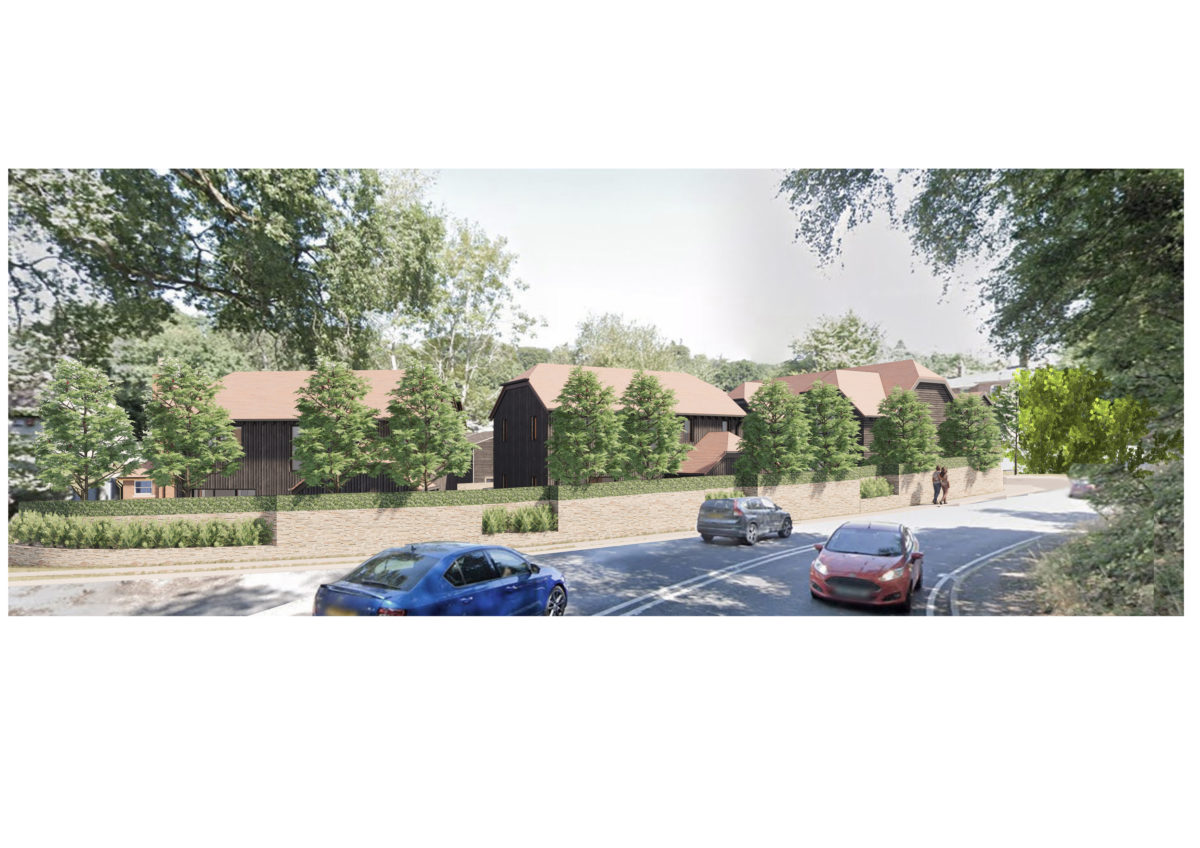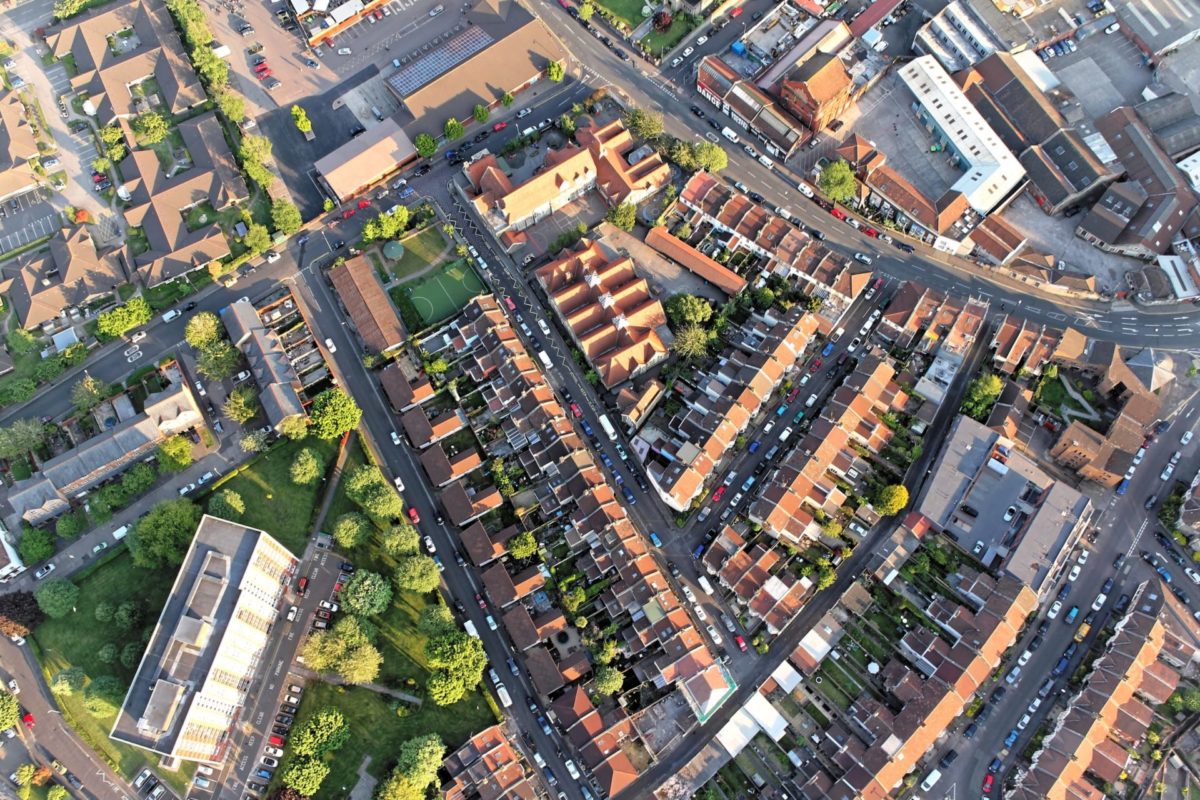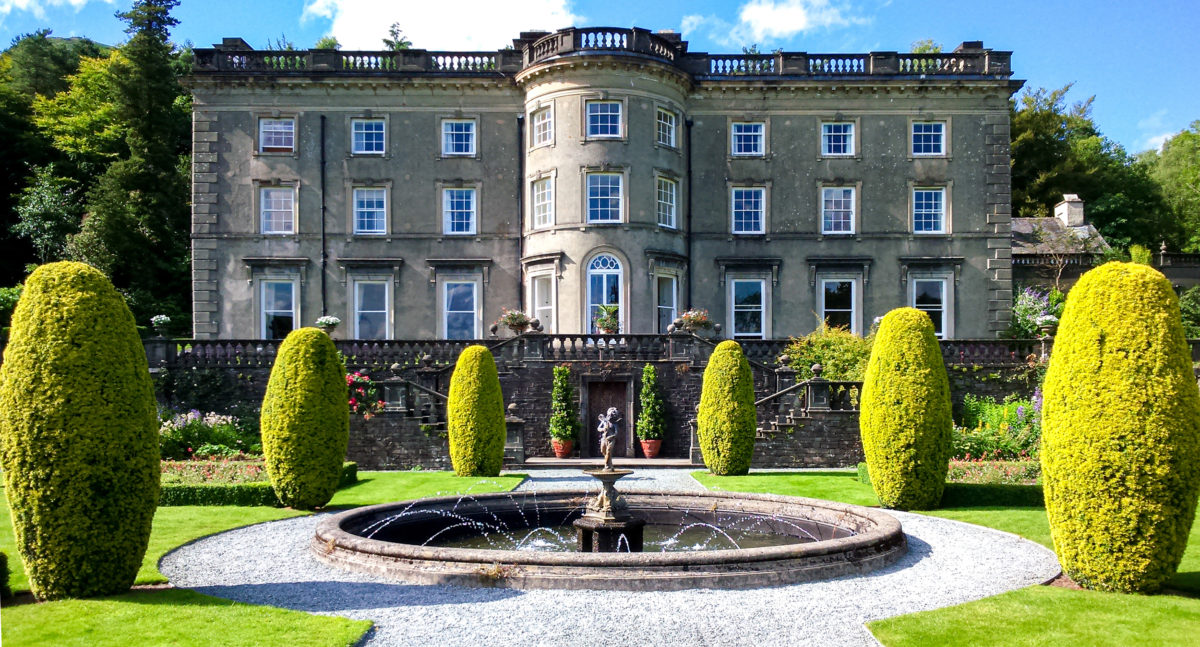

Making Use of the New Use Classes Order: Your Top Questions Answered
Significant changes to the Use Classes Order came into effect from September 2020. Whilst the new Use Class Order creates more flexibility and opportunities to change the use of a building without the need to make a planning application, in other cases the reclassification also brings uncertainty and some existing uses are now potentially more restricted.
We have worked with a number of clients regarding the new classifications, and successfully obtained various approvals to provide the certainty they required.
1. I am looking to buy a commercial building; how do I know what use class it is?
Planning decision notices do not always refer to specific classes, so it is not always clear from the planning history what the lawful use of a building is. To add complexity, with the Use Classes Order amendments, there are no precedents to refer to.
In these cases, we can establish the use with the local council through a certificate of lawful development, paving the way for a permitted change of use or planning application.
We recently secured a certificate for a building where the planning history was old, and whilst the premises were within an established industrial estate, the buildings were used for a mixture of uses falling within the old B class uses. We submitted a lawful development certificate for the new class E as the proposed use. This was granted, meaning that the building’s use is now clearly defined and has the full flexibility of Class E.
2. I own a shop which has been vacant for over a year, what are the alternative uses for it?
Shops (formerly class A1) now fall within Class E providing greater flexibility to change the use within the same use class, often without the need to make a planning application. Options include cafes or bars, offices, gyms, day nurseries and health services, among others. Sometimes a planning application is required but it will depend on the planning history and whether there are any conditions that restrict the use.
Don’t forget there are also other permitted development rights which allow for the change of use of shops to other uses such as mixed use with residential, subject to meeting certain criteria.
As was the driver behind the Use Classes Order amendments, these opportunities do have the potential to breathe new life into high streets.
3. I have previously had planning permission refused to change the use of my building. Are there any other ways of going about the change of use?
Yes, there are. As an example, before these changes to the Use Classes Order last year, there was a permitted development right from 2015 to change the use of a building from ‘business use’ to state funded school or day nursery, but prior approval was required from the local authority. The Council had the right to examine issues such as transport, contamination and noise, which in some circumstances was comparable to the issues considered in a full planning application and still gave power to the local council to refuse such applications.
The new Use Classes Order should now make these changes easier in the vast majority of cases. A client came to us with a refused application to change the use of an office to a day nursery, which we resolved by utilising the new Use Classes Order to obtain a lawful development certificate.
If there are no conditions regarding the use of the building and no Article 4 Directions that restrict the use, there is potential to change from an office to a day nursery without making a planning application. Previously such proposed uses would have needed support from specialist consultants to provide evidence on transport, noise and any other site-specific issues.
Now Class E provides more flexibility for offices as well as other businesses and services. It is, therefore, always worth exploring with us what opportunities there might be to secure a new use for your building under the new regime.
4. If a planning application is not needed can I start work straight away?
Some permitted development changes do require prior approval, which can include conditions that need to be complied with, so it’s worth checking the position before you start on site.
Where no prior approval is required, the absence of formal confirmation of the lawful position can create uncertainty about implementing a change of use. It is not a legal requirement, but lawful development certificates are useful for two reasons:
- They give you formal confirmation from the Council that what you are proposing, or what is already existing, is in fact permitted development; and
- Should you wish to sell the property in the future you have the comfort of the certificate in advance of any legal enquiries from the buyer’s solicitor.
In the case of a proposed change of use, determining a lawful development certificate application would require a legal assessment of whether a material change of use is involved. It is not an assessment against planning policy or any other normal material considerations associated with determining a planning application, such as parking or amenity. Also, unlike an application for planning permission the Council are unable to impose any conditions restricting the use to a particular use class.
Overall, the changes to the Use Classes Order bring flexibility and alternative opportunities to the planning process, albeit with it a number of complex and practical issues to consider. If you would like any advice on changes of use, permitted development or lawful development certificates, please do get in touch with one of the team today.









